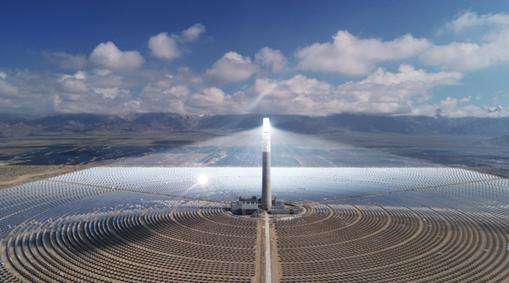Wind energy has its inherent disadvantages, such as visual effects, noise, and damage to the habitats of birds and wildlife. ① Wind farms often face some objections due to visual issues, but there are now many design tools to help developers minimize this visual impact. ② Wind power generation produces two types of noise - engine noise and blade noise. Engineering technology can currently be used to reduce engine noise, and these technologies are relatively mature; in addition, careful design, site selection and operation can also effectively reduce blade noise. ③ At present, a large number of researchers have studied the impact of wind power generation on bird migration or the living environment of other wild animals. The researchers have found that these problems can be avoided as long as the site is scientifically selected. Offshore wind power will bring more negative impacts to the environment. From 1999 to 2006, Denmark carried out monitoring before, during and after construction of two large wind power plants it built. Monitoring data shows that as long as the site is properly selected, offshore wind power will not have a significant negative impact on the marine environment (Danish Energy Agency, 2005).
Everything has advantages and disadvantages, and these may be more of the disadvantages of wind power. For example, the understanding of water and electricity is very different now from before. So it is too early to draw conclusions about wind power now.
Approximately 450 such machines can be installed.
According to relevant public information, 2 wind power generators can be built on one acre of land. 1 hectare is equal to 15 acres, and 15 hectares is 225 acres of land. Then 2*225=450 units can be installed. Wind turbine.
This type of generator is a device that converts wind energy into electrical energy. It is mainly composed of blades, generators, mechanical components and electrical components.














